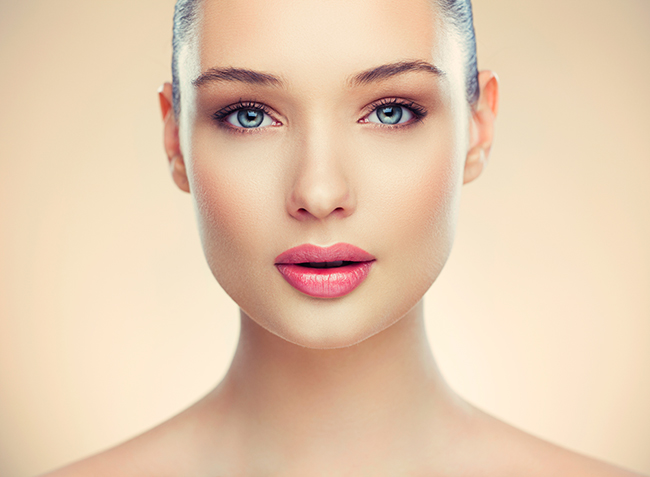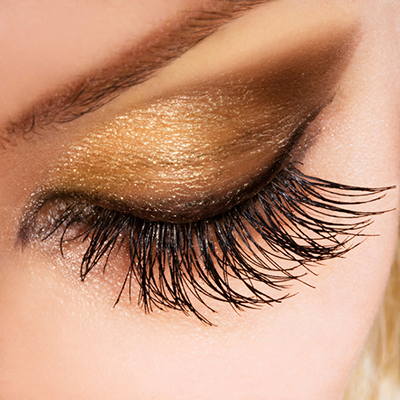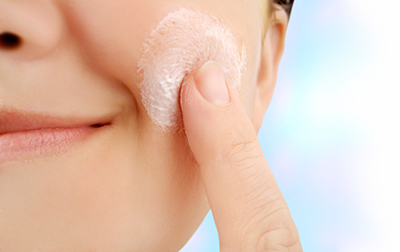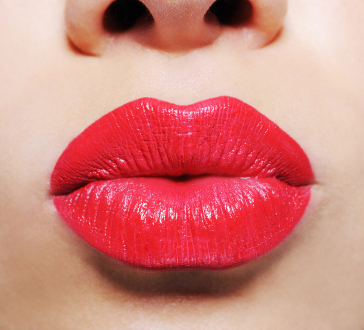
Daniel Whitby, Cornelius Technical Development Manager
We all have friends or colleagues who appear young for their age; that is, their perceived age seems lower than their actual age.
But how do we estimate how old someone appears? There are contributing factors such as dress code or body gestures but the key indicator of perceived age is the face.1
There are two aspects to ageing which need to be explained. Intrinsic ageing is predominately influenced by our genetic make up – we have very little influence on intrinsic ageing.
Extrinsic ageing on the other hand is ageing due to our environment or life style choices we make. Examples are sun exposure, pollution, smoking and our diet. We do have some influence on these factors, for example avoiding the sun and wearing sun cream to avoid photo-ageing.
There are six key areas of the face which are altered by ageing and which contribute to an aged appearance. These six key areas are explored below and, to combat ageing or to gain a younger appearance, all six areas should be considered when developing anti-ageing products.
1. Surface Topography

As we get older, the surface of the skin becomes rougher due to changes in the support structures of the skin and these changes can be detected by the human eye.
Over time the skin's surface peaks and troughs enlarge to become fine lines, often caused by mechanical movement of the face and referred to as laughter or frown lines. They tend to first appear around the eyes and mouth and are an early indicator of elastin and collagen degradation and a loss of elasticity and tone.
Generally speaking, before the age of 30 these will be reversible – maybe seen as the face is moving – as the skin is elastic enough to recover its form when the face relaxes.
Eventually the fine lines deepen and we can now start to observe the dreaded wrinkles. Wrinkles will be seen in the forehead and glabellar regions, around the lips, the eyes, the nasolabial folds and down the cheeks.
Wrinkles tend to appear after the age of 30 years and it was recently stated that there is a step change in wrinkling morphology at age 33 years2. It is little wonder that there are a wealth of anti-wrinkle products on the market as they are a huge factor in an aged appearance.
2. Skin Colour
Skin colour is influenced by many external factors – after sun exposure we get a tan, after applying an acid peel we may get redness, pressure from contact blanches the skin. An important point to remember when measuring skin colour is that an emotional state may affect colour such as blushing caused by embarrassment or stress and it may be affected by certain illnesses such as jaundice which causes a yellowing.
There may also be transient changes due to hormonal effects such as melasma during pregnancy.
The key messages here are aged skin has a gradual increase in yellow component of the colour spectrum and redness becomes more uneven due to capillary damage.
Of course evenness can be quickly restored by the use of colour cosmetics and the introduction of "BB" style products which provide the instant benefits of pigments combined with the long term effects of actives.
Age spots may appear and can be treated with the long term application of focused spot treatments which act on melanin production and tyrosinase activity.
One of the most recent publications in the area of skin colour comes from Chanel who have investigated skin colour contrast on 3 specific areas of the face – lips, eyes and eyebrows – concluding that the higher the contrast in these areas the younger the face will appear3.
3. Eyes

Next we focus on the eye region. There are three main issues here: dark circles, eye bags and changes in the upper and lower eyelids.
Eye bags are characterised by the skin under the eyes becoming slack and filled with tissue fluid.
Indeed cutometer measurements show the skin of eye bags is less elastic and supple than it should be.
For dark circles recent research by Shiseido4 using a hyperspectral imaging camera indicates this is due to a change in localised oxygen saturation and an increase in melanin content though the exact cause remains an area ripe for further research in my opinion.
When formulating eye products it is worth remembering the skin in this region is thin, fragile and prone to sensitivity so the use of hypoallergenic ingredients should be considered.
4. Cheeks

Recent research again by Shiseido has shown that changes in the cheek area as we age are due to a loss in elasticity, mimetic muscle function (the muscles used to create expressions) and a shift in fatty tissue which depletes in the upper face but increases lower down the face5.
Changes in the cheeks are also linked to a reduction in the density of bone tissue post sixty years, effectively a reduction in the support tissues of the face and often associated with the formation of jowls.
Unfortunately sagging cheeks will also tend to emphasise the wrinkles around the eyes and forehead too.
5. Sebum and Pores
As we have already seen, as we age the support tissues in the skin are degraded and may become depleted.
The cells around pores are also affected so the pores are not supported as well as they should be leading to dilation, increasingly uneven skin grain and a grey tint to the colour of the skin.
6. Lips

The final contributor to what makes us appear old is the lips. They tend to become thinner, less full and the colour less bright.
It has been discovered that women who look young for their age have large lips6.
Conclusion
Luckily with today's advanced skin care products and actives, the personal care industry has a wealth of solutions for the six factors detailed above.
Moisturisers can help to plump the skin smoothing out surface features such as fine lines; anti-wrinkle products can help to restore collagen levels reinforcing the support structures in the skin and reducing the appearance of wrinkles.
Colour cosmetics or "BB" style products can even out skin colour, minimise the appearance of pores and boost radiance whilst a dash of lipstick can make lips look full and bright again in an instant.
Eye bags and dark circles can be reduced using products developed specifically to treat the sensitive areas around the eyes or you could try the more traditional slices of chilled cucumber.
We are also seeing a plethora of home treatment devices being launched into the market which promise to restore youthfulness, banish dull skin and reduce wrinkles.
To help you develop better products and more targeted solutions it is vital to work with suppliers who have a knowledge of the issues surrounding aged skin and who will enable you to find the perfect actives, emollients, emulsifiers and UV filters for your brand and ranges. This will ensure that your consumers will get the maximum benefits from the products they use and that you will get the brand loyalty you aspire to.
Daniel Whitby, Cornelius Technical Development Manager
References
1. Johnson & Johnson Textbook of Skin Aging 2010
2. Kuwazuru O, Miyamoto K, Yoshikawa N, Imayama S. Skin Wrinkling Morphology Changes Suddenly in the Early 30s. Skin Res Technol 2012 Jan 11, 495-503
3. Porcheron A, Mauger E, Russell R (2013) Aspects of Facial Contrast Decrease with Age and Are Cues for Age Perception. PLoS ONE 8(3):e57985.
4. Kikuchi, K., Masuda, Y. and Hirao, T. (2013), Imaging of hemoglobin oxygen saturation ratio in the face by spectral camera and its application to evaluate dark circles. Skin Research and Technology, 19: 499–507. doi: 10.1111/srt.12074
5. Ezure, T., Hosoi, J., Amano, S. and Tsuchiya, T. (2009), Sagging of the cheek is related to skin elasticity, fat mass and mimetic muscle function. Skin Research and Technology, 15: 299–305. doi: 10.1111/j.1600-0846.2009.00364.x
6. Gunn DA, Rexbye H, Griffiths CEM, Murray PG, Fereday A, et al. (2009) Why Some Women Look Young for Their Age. PLoS ONE 4(12): e8021. doi:10.1371/journal.pone.0008021
